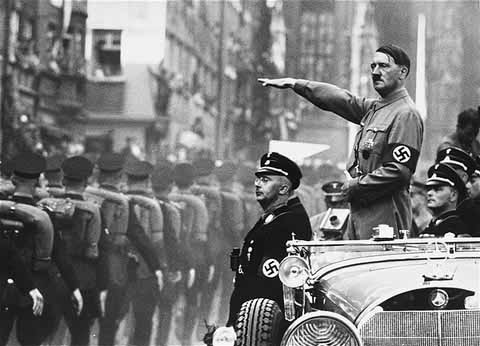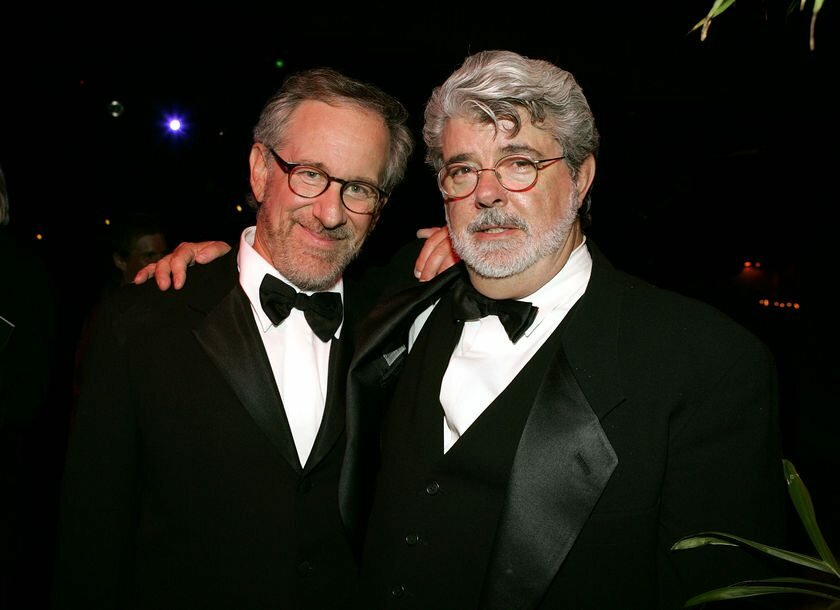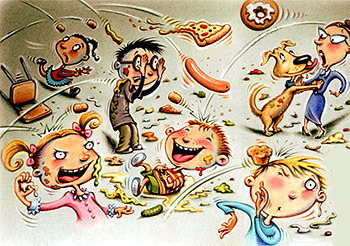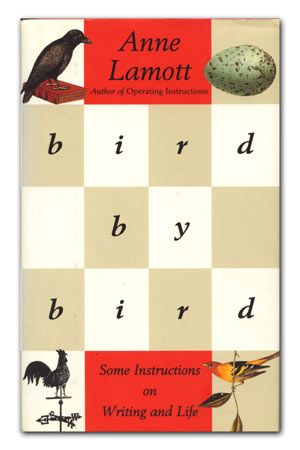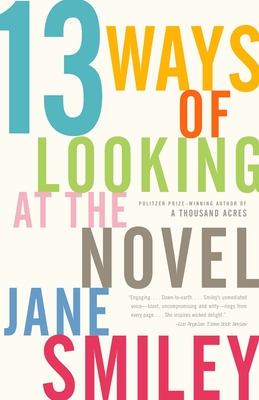Sometimes you read a book and your soul splits in two. Half
is overcome with rapture at its beauty and perfection. The other half beats its
chest and tugs its hair, knowing that you will never produce something this
exquisite, this perfectly constructed, nor this wise, and this book has just
exposed you for the fraud you are.
Reading is a risky business.
One book that shreds me like soggy paper is Rebecca Stead’s When You Reach Me. This 2010 Newbery
Medal winner doesn’t need my gushing. If you’re reading this post, you’ve probably
read the book. In hopes of learning something, I’ll try to push past
reverential awe and describe what’s working. Maybe my hair-tugging half can get
over herself and inch her work closer to what her counterpart so admires.
Of the novel’s dozens of literary virtues, I’m emphasizing
three: 1. The sequence of revelations and twists, 2. Manipulation of timelines
and narrator awareness, and 3. A reusable economy of characters, moments, and
objects. And a bonus fourth, TBA.
Virtue Number One: An intricately constructed
sequence of revelations and twists. Certainly Reach Me is tightly plotted, but I’m talking about more than plot.
It’s not simply that intriguing events, causally connected, are strung together
as close beads. (In fact, some causalities are bewildering until the puzzle
becomes clearer toward the very end, and this is one of its strengths.) It’s
not that details and characters which seem insignificant turn out,
surprisingly, to be crucial (more on that below). Rather, it’s that the
unspooling thread of the story doesn’t simply alternate between resolving past
mysteries and introducing new ones; every new revelation is simultaneously an
answer and a new question, twisting and complicating the puzzle ever more
minutely, and ratcheting the tension of reader curiosity ever higher. The best
mystery novels traverse this path well, playing cat-and-mouse with readers who
love this game-like or puzzle-like quality which forms the intellectual half of
the reader’s engagement. (In Reach Me,
the emotional half saves most of its wallop for the end, after the puzzle begins
to fall into place.)
 Virtue Number Two: A Deft and Complex Manipulation of
Timelines and Narrator Awareness
Virtue Number Two: A Deft and Complex Manipulation of
Timelines and Narrator Awareness (or, who can know what, when). It’s unavoidable
for a time-travel novel to have a complicated, looping, and abstract sequence
of events (and sequence of presenting them). But
Reach Me not only gets every single timing note right (IMHO, and so
few time travel novels do, IMHO), but it employs those timelines, time-loops,
and knowledge gaps to excellent dramatic effect, choosing the novel’s beginning
at precisely the right time: Miranda knows much; she has experienced most of
the story’s key events, and can look back on them retrospectively, consciously
piecing together their significance, and yet,
and yet, the final puzzle piece has not yet snapped into place. She
does not yet know all. The big reveal, organically and deservedly, is yet to
come. Readers may scarcely notice when the actual story starts (and how it
differs from when the narrative she relates starts).
We have many timelines to keep track of in any story, with
extra layers and twists in this one. For example, we must parse out each of the
following in Reach Me:
- The linear order in which events happened.
- The order in which they are presented to the reader.
- [Courtesy of time travel element]: The order in which past
or future events converged with the story’s main timeline, such as, when
visitors left or visited the story’s timeline and interfered with it, and when
and how that interference is presented as a deviation. (If we can stretch our
brains to accommodate this idea, and depending on whether there are infinite
time-loops and multiverses or not, which will vary according to the
quasi-physics of each story. Thankfully not, in this case.)
- The moment in which the narrative consciousness telling the
events begins their telling (where & when are they then? Young/old/alive/dead/after-the-fact/living-the-story/somewhere-in-the-middle/post-denouement/pre-denouement?)
I don’t want to be too spoilery here, but consider the
significance of where Reach Me
begins: April 5 or 6, it seems: 21 or 22 days (if we allow Mom a day to steal a
calendar from her work supply closet) prior to Miranda’s mom appearing on The $20,000
Pyramid game show on April 27, 1979. The events of the story as Miranda
describes it began the prior autumn, beginning with her friend Sal getting
punched, and culminating in some pretty huge events in January. But the story
isn’t really and truly over until April 27, 1979, with some mop-up in the days
that followed. Or, perhaps, some 50-odd years later. Or, if Julia’s diamond
ring theory is correct, it’s never ended. It’s still happening now, and always
will be.
So when we read, we must keep a thumbnail placed in April,
1979, the
now of the narrative
consciousness, and of Miranda, who is both moving forward, quizzing her mom for the game show, and
looking backward; we must keep our other thumbnail in the sequence of past
events Miranda told us about which began last fall. Not only does this leaping
keep interest high, and deductive smoke puffing out of our ears, but it creates
many opportunities for sleight of hand, whilst Stead (or, I should say, the
narrative consciousness, see below) plants clue after clue, which we miss
because we’re stuck calculating the when of any given scene. Well played.
In
The Anatomy of Story, John Truby writes, “Withholding,
or hiding, information is crucial to the storyteller’s make-believe. It forces the
audience to figure out who the character is and what he is doing and so draws
the audience into the story. When the audience no longer has to figure out the
story, it ceases being an audience, and the story stops.” (page 7)
And again, on page 273, “A word of caution is warranted here.
Don’t overwrite exposition at the start of your story … The mass of information
actually pushes your audience away from your story. Instead, try withholding a
lot of information about your hero… The audience will guess that you are hiding
something and will literally come toward
your story. They think, ‘There’s something going on here, and I’m going to
figure out what it is.’” (emphasis added)
I’ll add an amen, but then my own caution: Withholding is
vital, but it demands a darn good reason for its secrecy. Readers expect to
unravel some knots, but they don’t like being manipulated. They expect fair
play. When details are withheld because the author is being coy or capricious,
for no good reason, or for stupid reasons (convenient amnesia that clears up
just in time, or a narrator just being a jerk), the reader feels betrayed. All
this is to say, Rebecca Stead’s manipulation of timelines, and of what could be
known when, creates a bulletproof justification for all of Miranda’s
withholdings. Even looking back on events as she was, there was so much she
didn’t understand. And the unusual story she had to tell, to a character who
would, in the future, fulfill events that were now already past, obligated her
to construct the narrative piece by piece, not alienating her special reader
(him) by revealing what she did
already know before the proper moment, when conclusions couldn’t be ignored or
rejected because they seem unfathomable and unbelievable.
 Virtue Number Three: A Reusable Economy of Characters,
Moments, and Things.
Virtue Number Three: A Reusable Economy of Characters,
Moments, and Things. It’s very satisfying to readers when details, events,
things, and characters that would seem to be throwaway turn out to matter
later. (Up to a point.) It also creates a conveniently economical system for
the writer, who can thus keep the headcount, prop-count, and scene-count at
manageable levels. But it is a contrivance, and convenience can be carried too
far until believability suffers. The tidiness of fiction sometimes strays too
far from the randomness of reality. Here, however, the construct of the
Reach Me, as a letter, or rather, a
journal-like musing aimed toward a mysterious someone that feels letter-like,
written to a highly mysterious character, creates not just a reason but an
obligation for the narrator to be
selective in her presenting of details. She is entirely justified in revealing
only characters, details, and moments that will matter again later. To do
otherwise would be superfluous. From the outset, Miranda proposes to tell a
specific story, selecting only those events and people that are vital to it,
because she has a narrowly specific purpose in the telling, and has, in fact,
been given a mandate for the telling by the tell-ee (how bizarre! an intriguing
mystery in its own right), even though she constantly protests that mandate and
considers ignoring it (a choice that readers realize is perilous, whichever way
she chooses, even though there’s much that, as yet, we don’t understand). It’s
a virtuoso performance of manipulating the limitations of the narrative
consciousness of the novel to sophisticated heights. (The narrative
consciousness, or the mind behind the narration of any story, which is neither
its author, nor its protagonist/narrator, is something I’ve been jawing about
lately to anyone I can entrap into listening to me.) This unique setup of
telling a specific story to an unknown person, under protest, combined with the
time travel plot (not fully unzipped until the end) in which every detail she
relates is made to matter by the future person who will read the to-be-written
letter and treat it as instructions to be carried out, makes the revealed
significance and causal connectedness of each seemingly minor detail, thing,
person, and moment a triumph, rather than an eye-roll.
Bonus Virtue Number Four, which I could write 1000
words about, but I won’t: The many levels upon which this referential novel
explores
A Wrinkle in Time by Madeleine
L’Engle: as a beloved touchstone title; as a vehicle for book discussion and
debate, bringing people together; as a conduit for explorations that might change
the science of the future; as a catalyst for thematic discoveries relevant to
the story’s spiritual center. Lovely, lovely, worthy of this loveliest of
classics.
It’s the heart of a novel, and not its intellectual
sophistication, that moves readers to rapture and tears. Yet the masterfully
employed virtues of technique in When You
Reach Me build a rugged scaffolding for the real story, which is
beautifully simple, needing no tesseract, and played out on several plot lines
and pairings: People who have long cared about each other – or who learn to care about
each other -- can hurt each other
deeply; suffer sorrow, regret, and shame; and try, in bumbling but beautiful
ways, even after long interruptions, to make it right. Where there was love, there can be redemption,
and love can be found in the unlikeliest places.
I’m so glad this book
exists in the world.
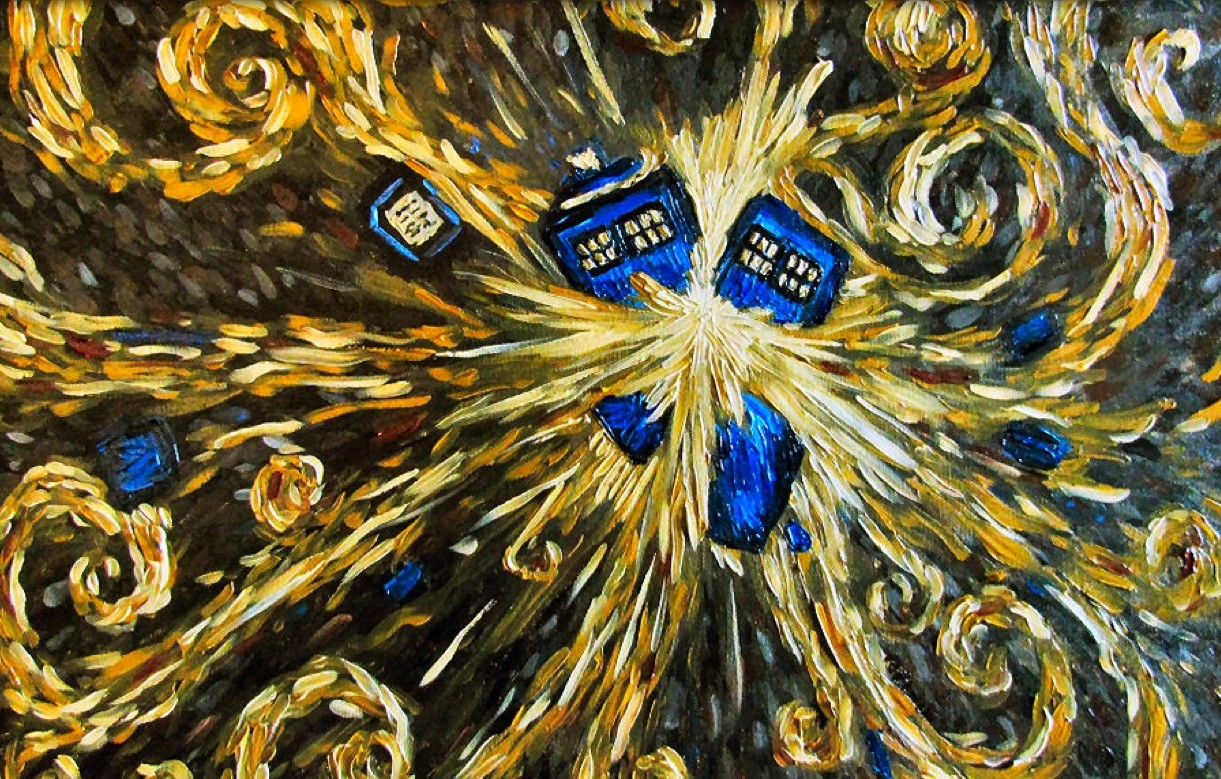 Heiligman writes, in her author’s note, that when she first
learned about Theo, on a visit to the Van Gogh Museum in Amsterdam, she wrote
the following in her notebook: “What does everyone remember about him? The ear,
killing himself. And some paintings, of course. But what about his religion and
his decision to become a painter so he could leave the world a souvenir?” She
goes on to say, “And then I wrote: ‘Story of brothers. (And sister-in-law.)’” (page
425).
Heiligman writes, in her author’s note, that when she first
learned about Theo, on a visit to the Van Gogh Museum in Amsterdam, she wrote
the following in her notebook: “What does everyone remember about him? The ear,
killing himself. And some paintings, of course. But what about his religion and
his decision to become a painter so he could leave the world a souvenir?” She
goes on to say, “And then I wrote: ‘Story of brothers. (And sister-in-law.)’” (page
425)..jpg/170px-Vincent_van_Gogh%2C_Portrait_of_Theo_van_Gogh_(1887).jpg)

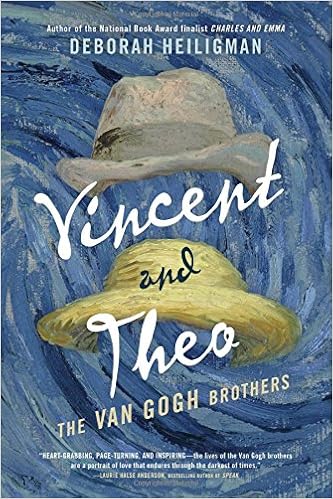
_-_The_Olive_Trees_(1889).jpg)











